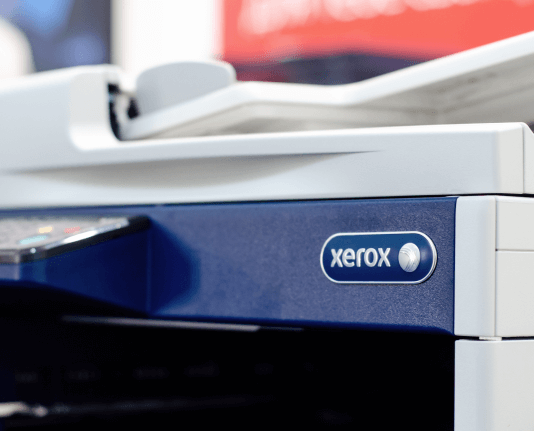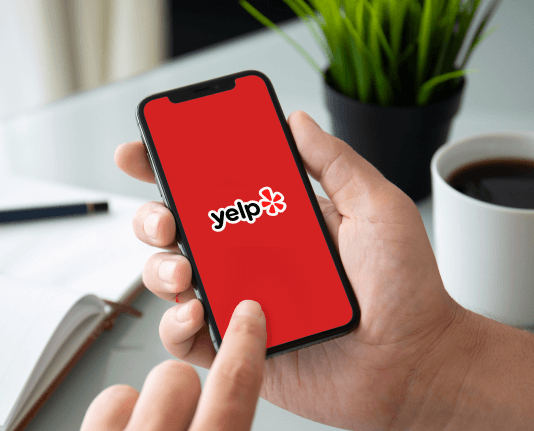Create the Perfect Payment Reminder Mail Format for NPOs
See airSlate SignNow eSignatures in action
Choose a better solution
Move your business forward with the airSlate SignNow eSignature solution
Add your legally binding signature
Integrate via API
Send conditional documents
Share documents via an invite link
Save time with reusable templates
Improve team collaboration
Our user reviews speak for themselves






airSlate SignNow solutions for better efficiency
Why choose airSlate SignNow
-
Free 7-day trial. Choose the plan you need and try it risk-free.
-
Honest pricing for full-featured plans. airSlate SignNow offers subscription plans with no overages or hidden fees at renewal.
-
Enterprise-grade security. airSlate SignNow helps you comply with global security standards.

Payment reminder mail format for NPOs
Creating a payment reminder mail that resonates with your Non-Profit Organization's (NPO's) audience is essential for maintaining steady cash flow. Utilizing a clear and concise format helps in communicating the necessary information while being respectful of your patrons' generosity. Below is a comprehensive guide to crafting a payment reminder mail format for NPOs using airSlate SignNow.
Payment reminder mail format for NPOs step-by-step
- Navigate to the airSlate SignNow homepage on your internet browser.
- Register for a complimentary trial or sign in to your existing account.
- Select and upload the document you need for signing or to facilitate signatures.
- If you plan to use this document in the future, convert it into a reusable template.
- Open the document and modify it: create fillable fields or add required information.
- Finalize the signing process by adding signature fields for your recipients.
- Click on 'Continue' to configure and dispatch the eSignature request.
Utilizing airSlate SignNow provides numerous advantages for NPOs, including impressive returns on investment due to its rich feature set while remaining budget-friendly. It is designed to be user-friendly and can easily scale to meet the needs of small to mid-sized organizations.
With transparent pricing that avoids hidden fees and additional charges, along with exceptional 24/7 customer support for all subscription plans, airSlate SignNow is the ideal choice for your signing and document management needs. Start enhancing your organization's document processes today!
How it works
Get legally-binding signatures now!
FAQs
-
What is the payment reminder mail format for NPOs?
The payment reminder mail format for NPOs is a structured email template that includes essential information such as the payment amount, due date, and purpose of the payment. This format helps streamline communication between NPOs and their donors, ensuring clarity while encouraging timely payments. -
How can airSlate SignNow assist with sending payment reminders?
airSlate SignNow allows NPOs to create and send personalized payment reminders using its user-friendly interface. You can easily customize the payment reminder mail format for NPOs to fit your organization's branding and messaging, enhancing donor engagement and improving payment rates. -
Are there any costs associated with using airSlate SignNow for payment reminders?
While airSlate SignNow offers various pricing plans, its features, including handling payment reminders, are designed to be cost-effective for NPOs. Depending on the plan chosen, you'll gain access to customized templates and integrations that make the payment reminder mail format for NPOs effective and efficient. -
Can I automate the payment reminder email process?
Yes, airSlate SignNow offers automation features that enable NPOs to schedule and send payment reminder emails automatically. This functionality allows you to maintain consistent communication with your donors while using a payment reminder mail format for NPOs, reducing the manual workload and ensuring no reminders are missed. -
What features does airSlate SignNow provide for effective payment reminders?
With airSlate SignNow, NPOs can benefit from features such as customizable email templates, tracking capabilities, and integration with payment gateways. These tools enhance the effectiveness of the payment reminder mail format for NPOs by making reminders clear, professional, and actionable. -
How can I track the effectiveness of my payment reminder emails?
airSlate SignNow includes analytics tools that allow NPOs to track email open rates, click-through rates, and responses. By analyzing these metrics, you can refine your payment reminder mail format for NPOs and improve your outsignNow strategies to ensure better donor engagement. -
Is there support available for using airSlate SignNow?
Yes, airSlate SignNow provides comprehensive support resources, including tutorials and customer service, to help NPOs utilize the platform effectively. If you're unsure about how to implement the payment reminder mail format for NPOs, assistance is readily available to guide you through the process.
What active users are saying — payment reminder mail format for npos
Related searches to Create the perfect payment reminder mail format for NPOs
Get more for payment reminder mail format for npos
- How to Write an Invoice on Paper
- How to Write Out a Receipt Book
- HRA Rent Receipt Format Word
- Create Your HVAC Receipt Effortlessly
- Independent Contractor Hourly Invoice Template
- Create Your Institute Receipt Format Easily
- Generate Your Internet Bill Receipt PDF Easily
- Create Your Inventory Receipt Template
Find out other payment reminder mail format for npos
- Contract Signing Made Easy and Secure with airSlate ...
- Get your authenticated signature with ease and security
- Simplify your document signing process with our PDF ...
- Experience the ultimate e-signing solution for your ...
- Streamline your document signing with electronic notary ...
- Discover an innovative document management solution for ...
- Discover our PDF signing service for seamless eSigning
- Simplify your workflow with our document signing ...
- Discover the free document signing application that ...
- Experience the best free online signing service to ...
- Discover the best e-signing service for your business
- Experience the best online signing service for your ...
- Discover the best free digital signing tool for your ...
- Discover the best digital signing application for your ...
- Transform your workflow with the online PDF filler
- Streamline your workflow with our powerful document ...
- Effortless signing service for your business needs
- Streamline your workflow with digital signing
- Effortless signature by email for your business needs
- Experience seamless cloud signing for your business



























